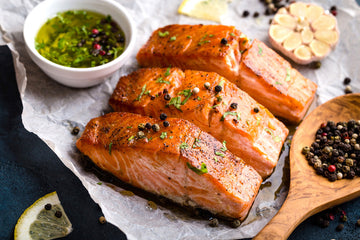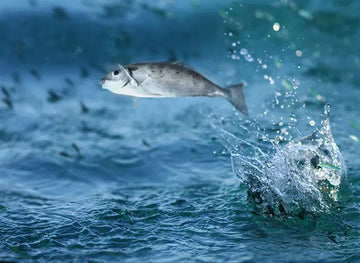Introduction
Seafood has been a staple in human diets for centuries, providing essential nutrients and flavors. Coimbatore, nestled in the heart of Tamil Nadu, is no stranger to the allure of fresh fish. But how do we ensure that the fish we consume is not only delicious but also safe for our health? Let’s dive in! 🌊🐟
-
Freshness Matters 🌿
The Scent of the Sea 👃
When selecting fish, trust your nose. Fresh fish should smell mild and clean, not overly fishy or sour. Avoid any ammonia-like odors. Clear, shiny eyes and firm flesh are also signs of freshness. 🐠✨
The Science Behind Freshness 🔬
Fish begins to deteriorate immediately after being caught. Enzymes break down proteins, leading to spoilage. Proper handling, rapid chilling, and storage at low temperatures are crucial to preserving freshness. Fishermen and suppliers play a vital role in maintaining this delicate balance. 🌡️❄️
-
Safety First 🛡️
Contaminants and Health Risks ☠️
Fish and shellfish can sometimes contain harmful chemicals or microorganisms. Contaminants like heavy metals (mercury, lead), pesticides, and pathogens (bacteria, viruses) pose risks. To address this, advisories are issued to guide consumers on safe choices. 🚫🦠
Safe Selection and Handling Tips 🙌
- Smell and Sight: As mentioned earlier, trust your senses. Clear eyes, firm flesh, and red gills indicate freshness.
- Storage: Keep fish cold (below 40°F or 4°C) to slow bacterial growth. Store it quickly after purchase.
- Cooking: Proper cooking kills pathogens. Aim for an internal temperature of 145°F (63°C) for fish. 🍳🔥
-
The Journey to Coimbatore: The Cold Chain Challenge 🚚
Sourcing and Transportation
- Local Catch: Coimbatore benefits from its proximity to the coast. Local fishermen bring in fresh catches daily.
- Cold Chain Gap: However, the lack of a robust cold chain infrastructure poses a significant challenge. From the fishing boats to the markets, maintaining consistent low temperatures is essential. 🌊🐟
- Temperature Fluctuations: Without proper refrigeration during transportation, fish quality deteriorates rapidly. Enzymes continue to break down proteins, compromising freshness.
- Risk of Spoilage: Warm spells or delays can lead to spoilage, affecting taste, texture, and safety. Consumers deserve better. 🛑🤔
Conclusion: Bridging the Gap
As consumers, we must advocate for improvements in the cold chain. Let’s ensure that the journey of fresh fish remains uninterrupted, preserving both flavor and safety. 🙌🐠
References:
- U.S. Environmental Protection Agency (EPA). Fish and Shellfish Advisories and Safe Eating Guidelines.
- FDA. Selecting and Serving Fresh and Frozen Seafood Safely.
- Alasalvar, C., Shahidi, F., Miyashita, K., & Wanasundara, U. (Eds.). Handbook of Seafood Quality, Safety and Health Applications. 📚🔗
Feel free to share this blog with fellow seafood enthusiasts and curious minds alike! 🐟🌊📣





